Whatever the CIA’s Been Up to in Afghanistan It’s Nothing Good
The US and the Taliban, we are led to believe, are close to agreeing a deal that would see the withdrawal of all US and NATO forces from Afghanistan. The question is though, will it?
First some context, beginning with the fact that the tortured history of this landlocked country, whose geographic location as a land bridge between Central Asia and the Middle East, and in modern times also as a potentially vital energy bridge, entitles the Afghan people to believe that they are uniquely cursed.
The inordinate price they have been forced to pay since the US-backed Mujahadeen overran the country in the early nineties, all the way up to now at the end of 18 years of US/NATO attacks, occupation, and the propping up of a series of corrupt governments in Kabul, should be inscribed on the gravestone of what has passed for foreign policy in the West since the Soviet Union departed the scene.
As it did in Yugoslavia, as it did in Iraq, and as it did in Libya, Western intervention in Afghanistan only succeeded in making a bad situation many times worse. It has exacerbated religious, tribal and communal tensions instead of alleviating them.
Though, given the above, any peace deal that will hasten the departure of US and NATO forces from Afghanistan is to be welcomed, the devil as ever is in the detail.
And the devil in this particular instance is the CIA.
Before we come on to that and them, though, let us first consider the terms of the draft agreement, arrived at after eight rounds of talks over two weeks in the Qatari capital of Doha (though at the time of writing yet to be ratified by President Trump).
They require that in return for the complete withdrawal of US and NATO forces the Taliban will not allow the territory under its control,predominantly but not exclusively in the south of the country, to be used as a base and launchpad for terrorist groups such as Islamic State (IS, formerly ISIS) and Al-Qaeda.
The terms of the agreement also mandate intra-Afghan dialogue between the various factions in the country engaged in hostilities. However whether the Taliban will accept the current Afghan government in Kabul, led by Ashraf Ghani, as a legitimate participant in any such future dialogue remains to be seen.
Up to this point, the Pashtun nationalist movement has steadfastly refused to recognise the government in Kabul. It has dismissed it as a US puppet regime, and in line with that has dismissed the upcoming Afghan elections, set to take place on September 28, as a sham.
Despite the enthusiasm of the chief US diplomat involved in the talks with the Taliban, US Special Representative Zalmay Khalilzad, expressed in a series of tweets, the entire thing smacks of a desperate cut and run exit by the Trump administration.
Here it should be borne in mind that Trump inherited this dog’s dinner of a military occupation in the country from Obama, a president who has much to answer for when it comes to the current state of the country.
Currently there are 14,000 US troops in the Central Asian country, along with a further 17,000 troops from 39 NATO and other countries. This it must be stressed is the official occupation force.
There is, however, an unofficial element to the US presence in the country. It is a presence both sinister and conspicuous by its absence from the draft agreement, drawn up in Doha.
It is here we come to the shadowy and sinister activities of an equally shadowy and sinister CIA.
Calling to mind the infamous CIA-run contras in Central America in the 1980s, the notorious US intelligence agency has been running in Afghanistan what amounts to a private war with its own private army.
Details of the CIA’s operations in the country are highlighted in a chilling report, produced by the Costs of War Project based at Brown University’s Watson Institute of International and Public Affairs in the US.
Specifically, the report traces the origin of these militia groups to the initial “2001 invasion, when US military forces and the CIA organized” them “to fight Islamist militants.” However “the CIA” 18 years on “is still running local militias” in the country, which have “reportedly committed serious human rights abuses, including numerous extrajudicial killings of civilians.” Finally, the report’s authors make the point that “There is virtually no public oversight of their activities or accountability for grave human rights abuses.”
What this describes is the conduct not only of a private war but a dirty war by the CIA, one clearly inimical to any prospect of a lasting peace in a country that has known only conflict and strife over the past two decades.
Covering the story in The Intercept, the investigative news website, Alex Emmons reveals that the best known of these CIA-run Afghan militia groups is the Khost Protection Force, operating out of the CIA’s Camp Chapman in Khost province.
Drilling deeper, in a country whose most valuable commodity is opium, we are entitled, indeed obligated, to ponder whether there has been or is any crossover between the burgeoning opium trade emanating from Afghanistan and the CIA’s activities in the country.
It is a pertinent question to ask, and one that’s been pondered by better minds than mine in recent times, especially given what we know of the CIA and its legacy of criminality around the world.
Whatever the CIA is up to in Afghanistan it is nothing good. Moreover, unless its operations cease forthwith, any peace agreement between Washington and the Taliban carries about as much weight as a butterfly’s wing.
By John Wight
Source: RT


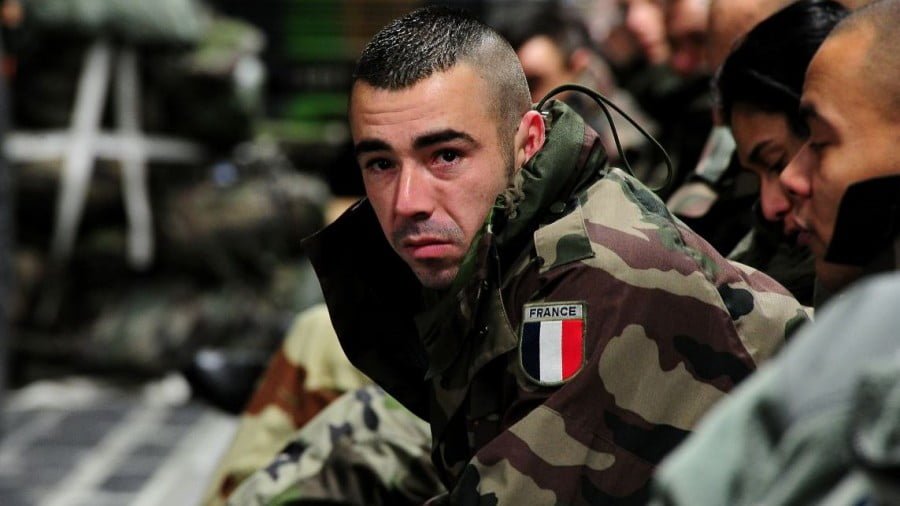
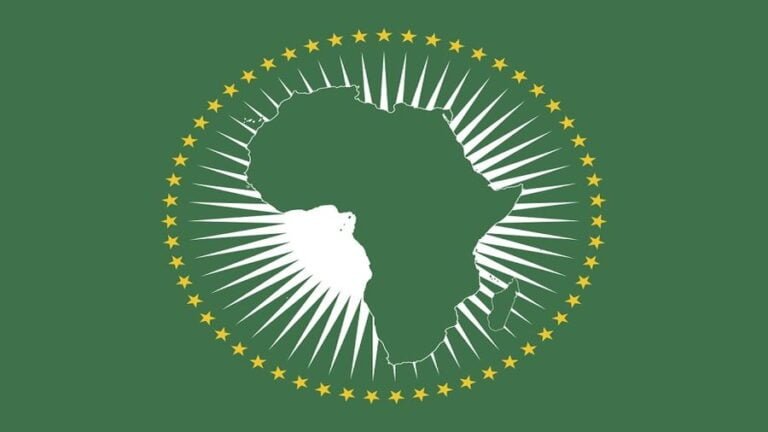
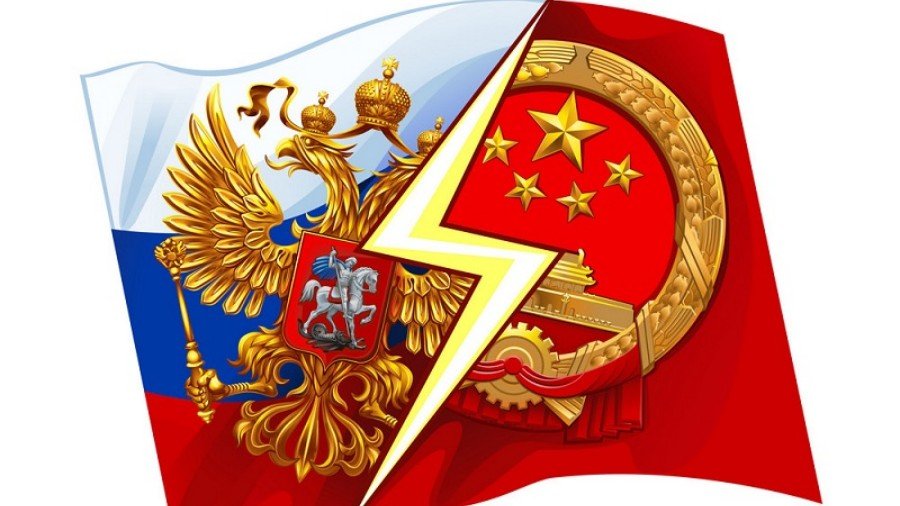
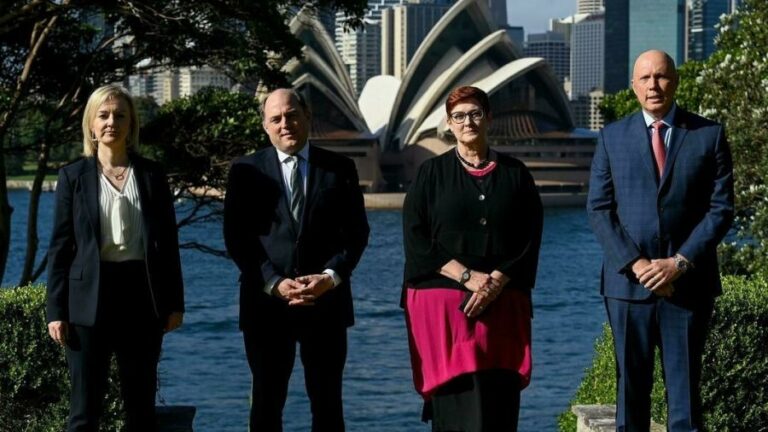
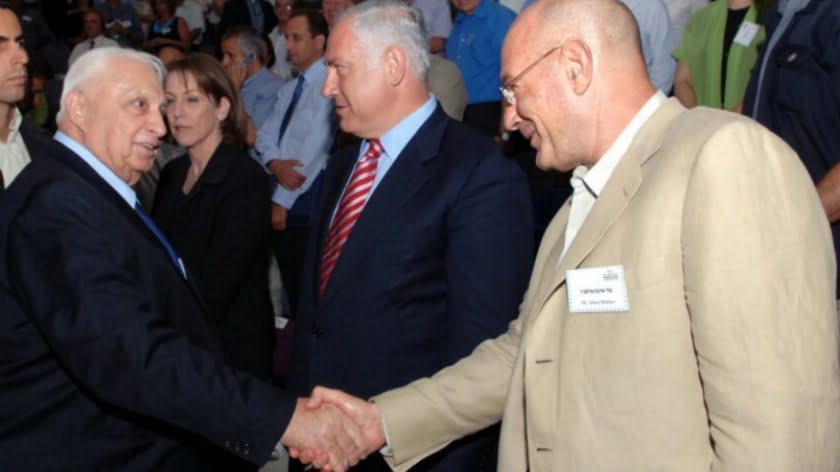

Reblogged this on The Most Revolutionary Act and commented:
Details of the CIA’s operations in the country are highlighted in a chilling report, produced by the Costs of War Project based at Brown University’s Watson Institute of International and Public Affairs in the US. Specifically, the report traces the origin of these militia groups to the initial “2001 invasion, when US military forces and the CIA organized” them “to fight Islamist militants.” However “the CIA” 18 years on “is still running local militias” in the country, which have “reportedly committed serious human rights abuses, including numerous extrajudicial killings of civilians.” Finally, the report’s authors make the point that “There is virtually no public oversight of their activities or accountability for grave human rights abuses.”
Stuart,
As usual, good pick for a re-blog. Since reading “Confessions of an Economic Hit Man” many years ago, I have seen the hand of the CIA in every incidence of third-world and second-world unrest. It is their modus operandi, and since it is an “independent agency” under the executive branch of the US, it can claim vast latitude for secrecy. I believed from the beginning that the opium trade is the CIA’s target, because it resents the competition for control of the international drug trade. This is one reason I believe in abolishing drug laws–to undermine the CIA’s underground monopoly.
Maybe I sound far-fetched, but I also believe there’s a link between the US’ current “opioid crisis” and the war in Afghanistan.
This will help.
https://astutenews.com/2019/01/02/war-is-good-for-business-and-organized-crime-afghanistans-multibillion-dollar-opium-trade-rising-heroin-addiction-in-the-us/
Thanks for the citation. While it supports my point of view, and provides interesting clues, it doesn’t directly address my ideas about how drug laws themselves protect secret monopolies and hidden abusers of power. In the US, Teddy Roosevelt spearheaded the first calls for international restriction of the narcotics trade, yet the Roosevelts got rich off the “China trade,” a euphemism for trade in opium. So, his move and subsequent ones by governments to curtail the cultivation, distribution, sale, and use of narcotics was less out of concern for public health than it was an economic power grab by those purporting to “protect” the public from itself.
You won’t find anything that directly conform to your idea. Such information is scattered around in bits and pieces.
Here’s another question for you. Why do rich people pay millions in donations to politicians?
Rich people and politicians are interchangeable. They support each other, serve on each other’s boards and committees, and go to the same cocktail parties, to hobnob about how to bully or con the masses into submission and compliance.
And make laws that protect them.
Right-o. My point, exactly. We’re overlapping each other in responses. Nice chatting with you, but I need to sign off and let my rooster out to play.
By the way, I know my ideas on drug laws are unpopular, especially with control freaks, but my response is to ask “Who regulates the regulators?” I believe the controls help to cause addiction, not the other way around.